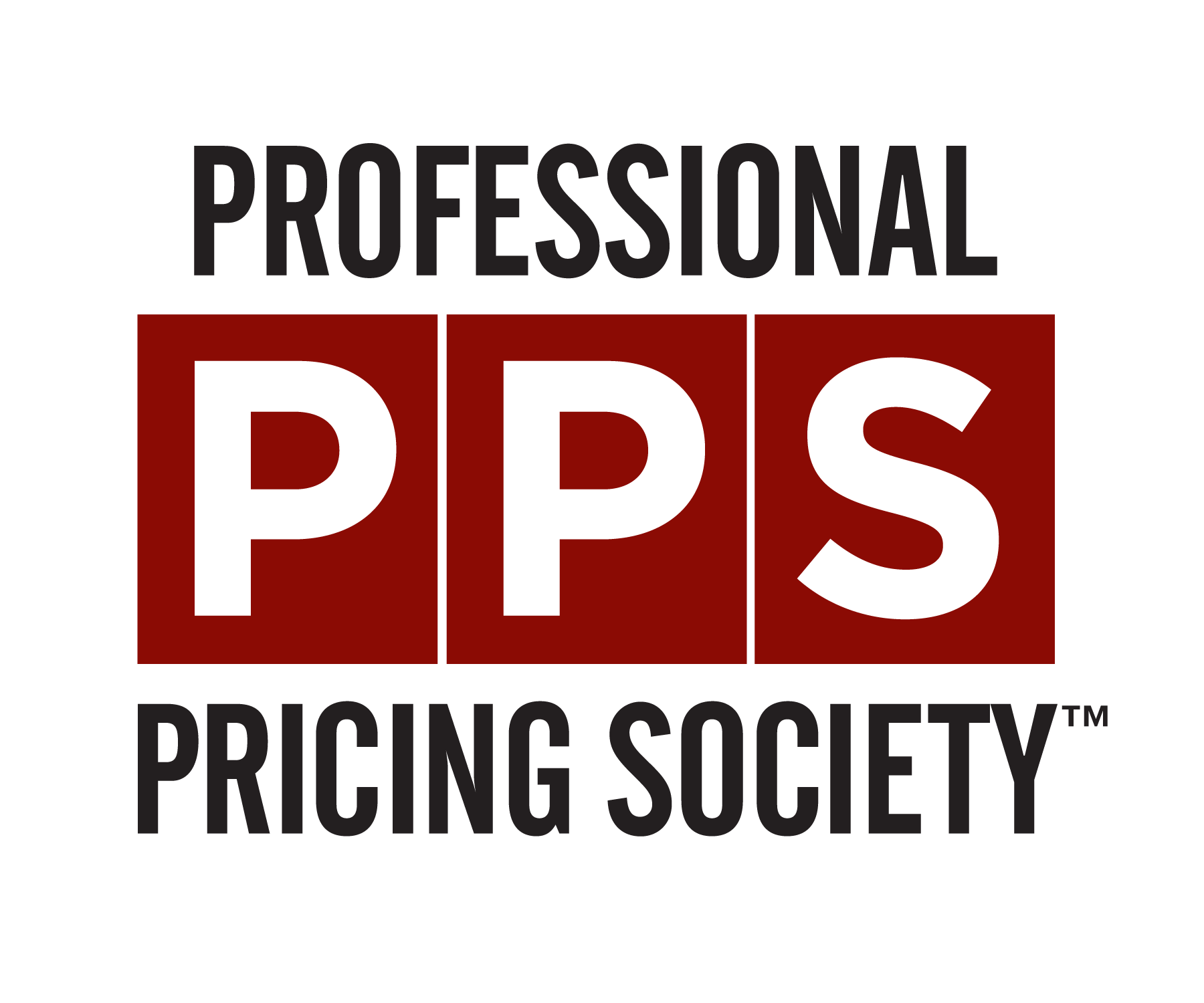Change Management in Pricing. It Takes A Multi-Prong Approach
- Terrence @ Pricing Society
- Sep 6, 2024
- 3 min read

Author: Steven Goldstein, CPP, Director Pricing / Finance, PLZ Corporation
As pricing professionals, we are tasked with driving pricing excellence. Often this means that our organizations want us to increase pricing to ultimately drive more profits to the bottom line. In the simplest form, this means a price increase. This approach may work in the short term, but this does nothing to drive pricing excellence in your organization.
Look for “low hanging fruit”.
During an inflationary period, market conditions help craft a story that not only can your sales team grasp, but your customers are prepared for too. As part of raising prices, you need to back up the price increase with publicly available data that your teams can share with their customers. For example, data from the US Bureau of Labor Statistics is a free source of data that anyone can access.
Analyze your data and look for losers. Years ago, I was employed by a pricing software company and was working on a project at a company in the automotive space. That company had hundreds of parts that were losing money with each sale. I hate to say it, but this scenario was not unique to this company and happened to some extent at every company that I have engaged with.
Look at your discounts, rebates and other incentives. Ask yourself and your partners on the sales team if you really need to be treating your smallest customers like you treat your largest customers? For example, does the customer that spends $15,000 with your company deserve the same extended payment terms as the customer that buys over $1 million a year? Look at your rebates. Should you continue to give rebates to customers that have not shown any growth or potential for growth? Neither of these examples should be taken as an “absolute”. Work with your sales partners to understand what is driving these behaviors. Are there market standards? Is the customer poised to grow?
Tools. Process and Governance
No pricing action is sustainable without the infrastructure to support the changes. Development of these tools and processes can be done in-house or with the support of outside subject matter experts. For either approach, make sure you scale accordingly. Do not buy the Ferrari, if your team is just learning how to drive.
Take time to document processes. This will allow the team to understand what actions and which team members need to be engaged during the change process. You may want to consider brining in a partner to help in this step. These partners can provide knowledge and experience that you may not have internally.
After developing the process, determine which areas can be improved with tools. These tools may be developed in-house or may come from a 3rd party provider. These tools should become part of the process, If using a 3rd party tool, you may need to adjust what you do to fit the tool seamlessly into your process.
The final piece is governance. Governance should not be seen as a roadblock to doing your job. It should be seen as guidelines to make sure that the job is done correctly and aligns with the goals of your organization. It creates a methodology to ensure that the right checks and balances are in place when something may have a material impact on your business.




